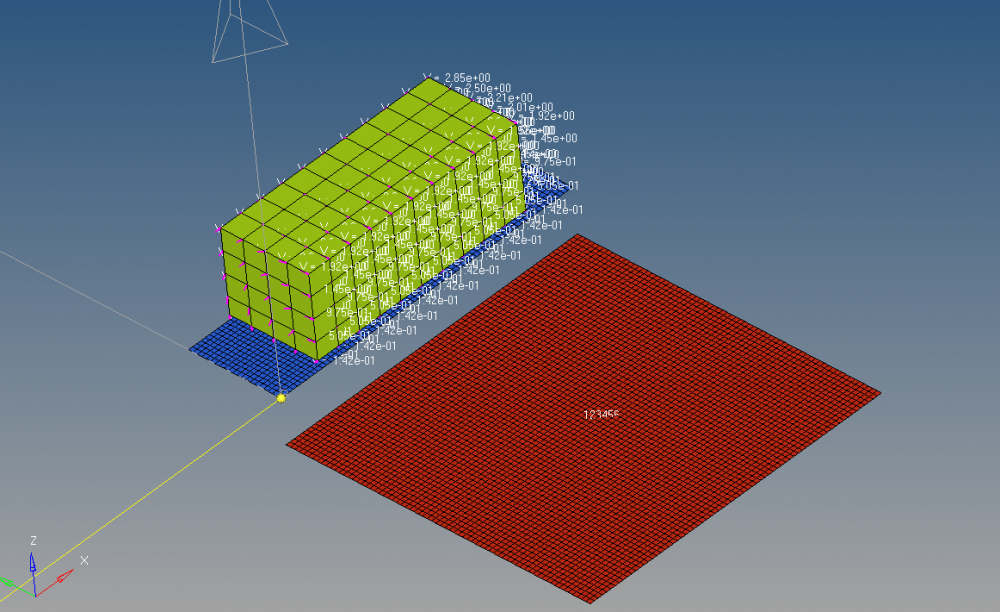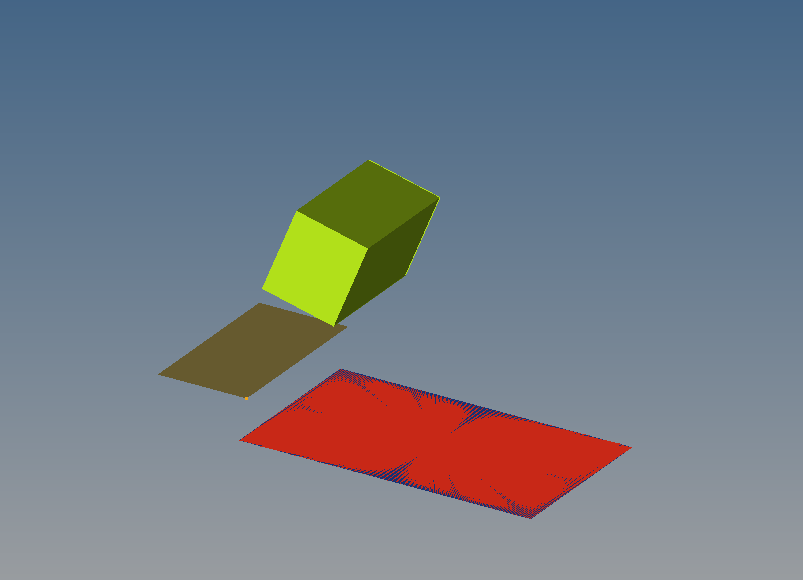Hi,
I'm new to radioss. I'm carrying out roll over analysis on box as shown in attached image. i've assigned initial velocity along axis and got the box roatating, the problem i'm facing here is the box is being thrown upward and its not falling on the base.do i need to assign gravity? if so how?
<?xml version="1.0" encoding="UTF-8"?>
<?xml version="1.0" encoding="UTF-8"?>